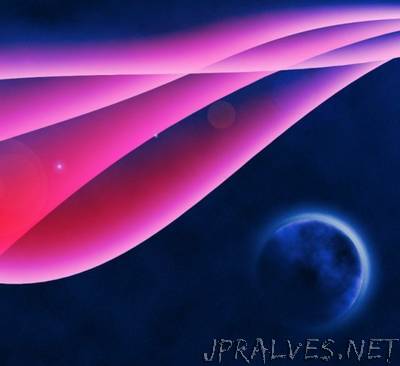
“Australian and German researchers have collaborated to develop a genetic algorithm to confirm the rejection of classical notions of causality. RMIT’s Dr Alberto Peruzzo said: “Bell’s theorem excludes classical concepts of causality and is now a cornerstone of modern physics. “But despite the fundamental importance of this theorem, only recently was the first ‘loophole-free’ experiment reported which convincingly verified that we must reject classical notions of causality. “Given the importance of this data, an international collaboration between Australian and German institutions has developed a new method of analysis to robustly quantify such conclusions.” The team’s approach was to use genetic programming, a powerful machine learning technique, to automatically find the closest classical models for the data. Together, the team applied machine learning to find the closest classical explanations of experimental data, allowing them to map out many dimensions of the departure from classical that quantum correlations exhibit. Dr Chris Ferrie, from the University of Technology Sydney, said: “We’ve light-heartedly called the region mapped out by the algorithm the ‘edge of reality,’ referring to the common terminology ‘local realism’ for a model of physics satisfying Einstein’s relativity.”
